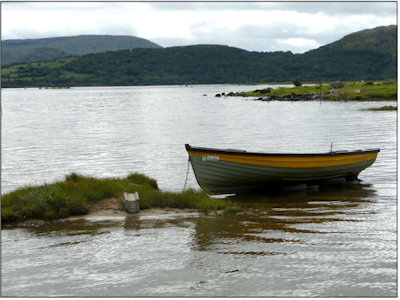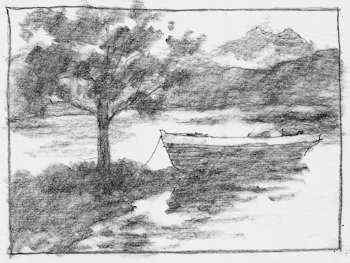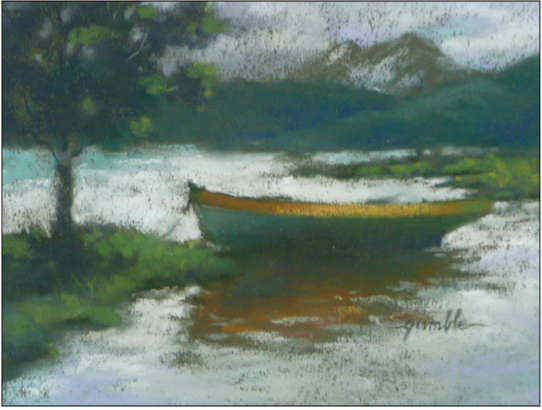The Final Step In Creating Dynamic Art.

To make the final step in creating dynamic art successful, it helps you tremendously to have a Process you use every time you do art.
(Note: This the third part of this series on creating dynamic art. Click the links to read To read the first part and second part of this series.)
A series of steps you consistently go through that helps insure your efforts will not be wasted. Because, when you are successful you gain more and more self-confidence.
And so much of good art is built upon confidence.
As you gain confidence you are more able to create art that is special, art that expresses something uniquely your own.
Step One
The first step in that confidence-building Process is finding a subject that interests you.

Then you engage your imagination and creativity to see what you can add or change in that subject to make it more interesting.
But, the thing is imagination and creativity don't just suddenly appear.
In my experience imagination and creativity are gradually grown and developed through conscious effort.
Step Two
And that's where Step Two in this Process comes in. (Click here to read the previous blog post where I go more deeply into Step Two.)
You start exercising and strengthening your imagination. You create sketches to test ideas for how you could change your subject.
How you could simplify it. What details need to be left out of the art?
What details need to be kept but moved? What needs to be added to express the feeling you want your art to have?

It's hard to imagine the answer to these questions if you don't have an image to look at.
A sketch provides that image and allows you to easily try different ideas and designs to see which you like best.
Without this plan you are much more likely to just copy what's in the photograph.
Imagination and creativity are developed and grown through the experience of sketching and changing what you see.
For instance, as I created different sketch ideas using the photograph, I imagined how I could create a more cohesive design, where I would put my darkest and lightest values.
As I drew I imagined how I would keep the viewer's focus on the boat, the star of my picture. I imagined where I would use lost and found edges.
After choosing the sketch above I was ready to paint. And with many of the important decisions about the art already made during Step Two, it made Step Three (the final step) that much easier.
The Final Step
I could concentrate on just painting and following the plan I had created in the sketch.

And while the sketch was my overall plan, it didn't stop me from altering it a bit.
Notice in the final art I've moved the tree more to the left.
But having that sketch, that overall plan, allowed me to just play and have fun as I painted.
Best Wishes,
Gary Gumble
Founder of BeginningArtist.com
Without art the crudeness of reality would make the world unbearable. (George Bernard Shaw)
P.S. In other words the sketch helped take a lot of the stress out of attempting to create dynamic art.
It increased the confidence factor that the final art would be successful.
And consistent success increases confidence and creativity.
And that surfaces a question asked by a subscriber recently: "How do you find your creativity?"
She meant, I think: How can each of us discover the things that will make our work special and unique to us?
A good topic for another blog post.
Copyright Gary Gumble 2023 All rights reserved About Privacy Policy Terms of Use Contact www.beginningartist.com 27 rue Roucher, 34000 Montpellier, France